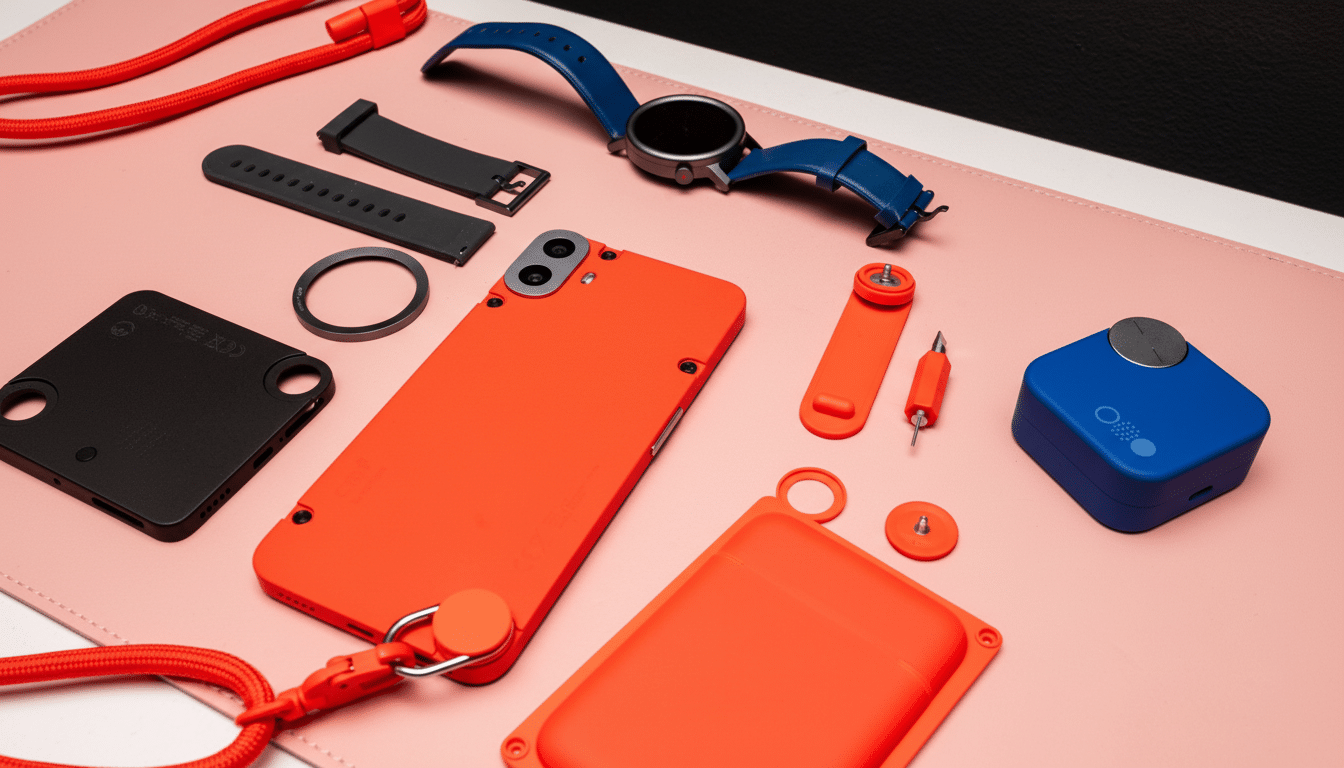Nothing is spinning off CMF into a stand-alone company, officially setting up the budget-focused brand as an India-based subsidiary. CEO Carl Pei posted about the news on X, explaining that it is an attempt to build Nothing as “a global consumer tech brand from India, for the world” — while maintaining its top-tier status.
The proposal involves a partnership with local manufacturer Optiemus Electronics, and at least $100 million is targeted for setting up operations — the goal: to create 1,800 jobs.

Beyond indicating scale, the decision firmly connects CMF’s future to India’s fast-maturing manufacturing ecosystem and rapidly expanding mid-range device market.
Why There Are No Spin-offs Planned From CMF
Creating CMF as a distinct entity allows Nothing to maintain cleaner lines on brand architecture: CMF can chase volume with aggressive price points without watering down the design-led halo of Nothing’s mainline phones and audio gear. And it’s a reflection of approaches taken throughout the Android world, where brands form sub-labels to move more quickly and craft products for individual channels and regions.
Precedents abound. Xiaomi incubated Poco before allowing it the freedom to chase its own destiny, and BBK’s stable of brands introduced Realme and iQOO to address different segments as well as retail models. For CMF, independence can clear the way for its product decisions, cost structure, and marketing — essential advantages in a category where milliseconds and millimeters are drivers of margins and shelf space.
India Manufacturing and the Budget Race
India makes sense as home base.
Industry trackers, such as Counterpoint Research, have consistently reported the majority of smartphone consignments into India are priced below $300, with IDC’s India Mobile Phone Tracker reporting continued strength for low-cost 5G and mid-tier devices. That’s the magic price point CMF aims for, and you’ll find budget phones under $300, smartwatches hovering near $100, and earbuds around $70.
The local production strategy is also compatible with India’s Production-Linked Incentive program, which offers financial rewards for domestic manufacturing. Building devices in-country can shave shipping costs, minimize exposure to import duties on finished goods, and enable closer control over the supply chain — advantages that count when there are only a few dollars of free margin.
Optiemus Electronics already has contract manufacturing for phones and wearables, so CMF gets a ready partner to scale lines quickly. CMF can add value by doing all it can to localize critical components, reduce lead times, and minimize changes to the bill of materials cost, so that it can better weather swings in commodity prices for displays, memory, and batteries. CMF could wind up shipping devices made in India to other regions in a year or two. Several analysts, including Canalys, have noted the country’s increasing role as an export hub.

What It Means for Consumers and Competitors
On the buyer’s side, the upside is clear: devices at even more aggressive prices that bear Nothing’s sense of design. CMF’s first phone was already cheaper than mainstream rivals, and its colorful, modular-leaning design has helped it stand out in an ocean of glass slabs. These are pragmatic spec choices — smoother displays, bigger batteries, reliable cameras — geared toward practicality rather than spec-sheet one-upmanship.
India’s value brackets are not for the faint-hearted; there are rapid-fire launches from Redmi and Realme, Samsung is betting big on its Galaxy M series and now F series, and Motorola has managed to find growth in pockets with clean software and timely updates.
A fully independent CMF can execute its own product cadence and promotions, which is significant in a marketplace where online sales events and offline retail partnerships continue to drive the bulk of volume, IDC said.
Software support will be a litmus test. Consumers are more likely than before to take into consideration how long the updates will last compared with hardware, and brands that communicate strong policies about Android upgrade plans and security patches usually end up getting a second sale — especially in market segments where devices stay in pockets for 3–4 years.
Challenges Ahead and What to Watch for CMF
Low-end hardware is a margin knife fight. CMF will have to juggle component pricing cycles, forex fluctuations, and promotional spends as it expands a service network that goes deep into tier-2 and tier-3 cities. Post-sale reliability and availability of spares are top considerations in India, as has been proven by numerous short-term market studies from IDC and Counterpoint.
Brand differentiation will also need to be maintained in order not to cannibalize Nothing’s premium product range. Different design languages, sets of features, and retail channels might still help — CMF plays up value-driven specs and playful styling; Nothing could play up materials, advanced cameras, and tighter integration across its devices.
Stops on the road will include how quickly factories ramp up in a joint venture with Optiemus, just how large CMF’s retail footprint can become and, eventually, how fast the brand takes Indian-made handsets to markets abroad. Assuming CMF does hit its hiring target, and pricing remains tight without skimping on software or service, the spin-off might quickly prove to be one of this year’s more significant budget plays.
Bottom line: CMF’s carve-out is a signal that Nothing has clear designs on scaling up in the world’s most competitive value segment, leveraging manufacturing muscle and a focused brand to pursue volume worldwide — without making Nothing lose its flagship edge.

